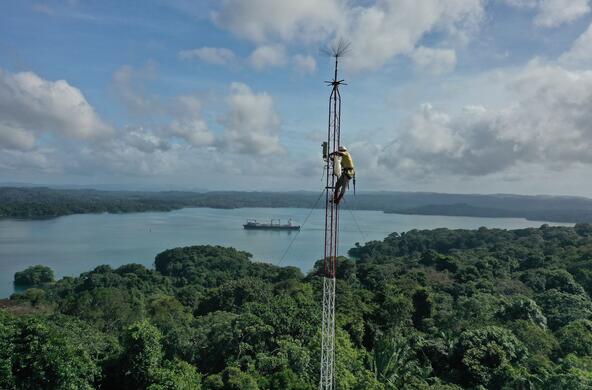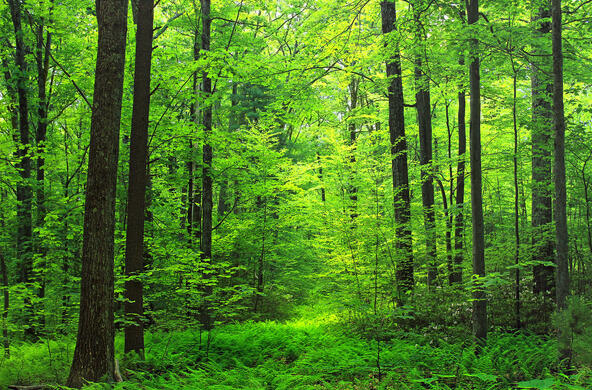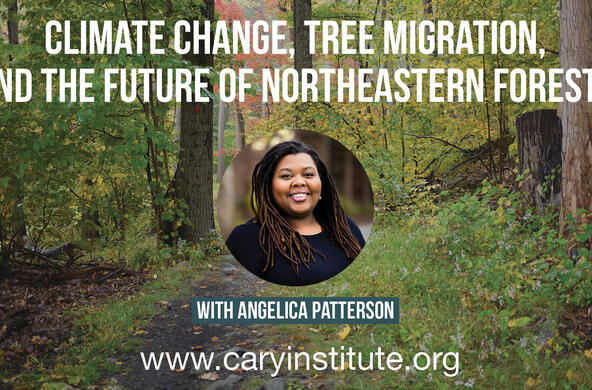About 18,000 years ago, vast sheets of ice covered most of Siberia, Canada, and the northeastern United States. Then, suddenly, the ice began to melt. There was a reversal in the periodic cycle of the Earth’s orientation to the Sun that had reduced sunlight reaching the Earth’s surface, bringing on cold conditions. With that reversal, the glacial epoch was over. Carbon dioxide was rising in Earth’s atmosphere, enhancing the initial warming. A few woolly mammoths may have denied it, but a massive change in climate was on the way.
The soils uncovered by melting ice were colonized by plants—first tundra sedges, later spruce and fir. Even today, none of these species sets records for high rates of photosynthesis, particularly in cool conditions, but the organic matter that they produced began to accumulate in peat bogs and muskeg, especially areas underlain by permafrost. Microbial decomposition proceeds slowly in cool wet conditions, so even a low rate of plant production was enough to add some organic materials to the soil each year.
Today, a few of these bogs are found as far south as Minnesota (Cedar Creek), Ohio (Fern Lake), and coastal Maine (West Quoddy). Collectively, peatlands in the north have accumulated carbon for the past 10,000 years and contain about one-third of all the soil organic matter on Earth. Few of us have traveled to see Arctic tundra or boreal muskeg, but we are all about to feel their presence.
As a result of the combustion of fossil fuels, the northern latitudes on Earth have been warming rapidly for the past few decades—into a realm of temperature not seen in the past couple of million years. Already, we see evidence in satellite photographs of greater rates of plant growth in these regions. But, more subtly, we are beginning to see increased rates of decomposition. The microbes are waking up.
As a permafrost soil begins to melt, freeing its content of frozen organic matter, the first microbial activity produces methane, which bubbles out to the atmosphere. Later, with further warming and drying, the microbes are able to finish the decomposition process, producing carbon dioxide. Both carbon dioxide and especially methane are gases that act to retain heat radiation that might otherwise escape from Earth’s atmosphere. These are “greenhouse” gases that warm our planet.
Greenhouse gases released with the melting of permafrost and warming of peatland soils will exacerbate the ongoing global changes in climate. And there is a vast store of organic matter for the microbes to work over—an organic storehouse that has accumulated for 10,000 years.
We won’t lose winter in the arctic, but a longer season of snow-free conditions lengthens the seasonal warming of soils, the activity of decomposers, and the loss of carbon dioxide to the atmosphere. In a very real sense, warming begets more warming. When the arctic is melting rapidly, this is no time to get bogged down in conservative rhetoric.
References
Camill, P. 2005. Permafrost thaw accelerates in boreal peatlands during late-20th century climate warming. Climatic Change 68:135-152.
Crowther, T.W. and 49 others. 2016. Quantifying global soil carbon losses in response to warming. Nature 540: 104-108.
Harden, J.W., E.T. Sunquist, R.F. Stallard, and R.K. Mark. 1992. Dynamics of soil carbon during deglaciation of the Laurentide ice sheet. Science 258: 1921-1924.
Hugelius, G. and 16 others. 2014. Estimated stocks of circumpolar permafrost carbon with quantified uncertainty ranges and identified data gaps. Biogeosciences 11: 6573-6593.
Shuur, E.A.G. and 16 others. 2015. Climate change and the permafrost carbon feedback. Nature 526: 171-179.
Wang, H., C.J. Richardson, and M. Ho. 2015. Dual controls on carbon loss during drought in peatlands. Nature Climate Change 5: 584-587.







